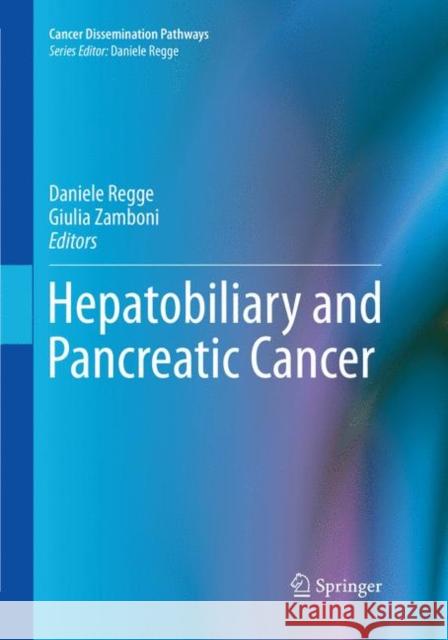Hepatobiliary and Pancreatic Cancer » książka
topmenu
Hepatobiliary and Pancreatic Cancer
ISBN-13: 9783030095949 / Angielski / Miękka / 2018 / 122 str.
Kategorie BISAC:
Wydawca:
Springer
Seria wydawnicza:
Język:
Angielski
ISBN-13:
9783030095949
Rok wydania:
2018
Dostępne języki:
Numer serii:
000806246
Ilość stron:
122
Waga:
0.27 kg
Wymiary:
25.15 x 21.59 x 0.51
Oprawa:
Miękka











